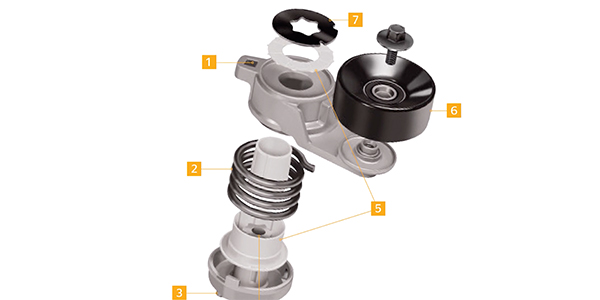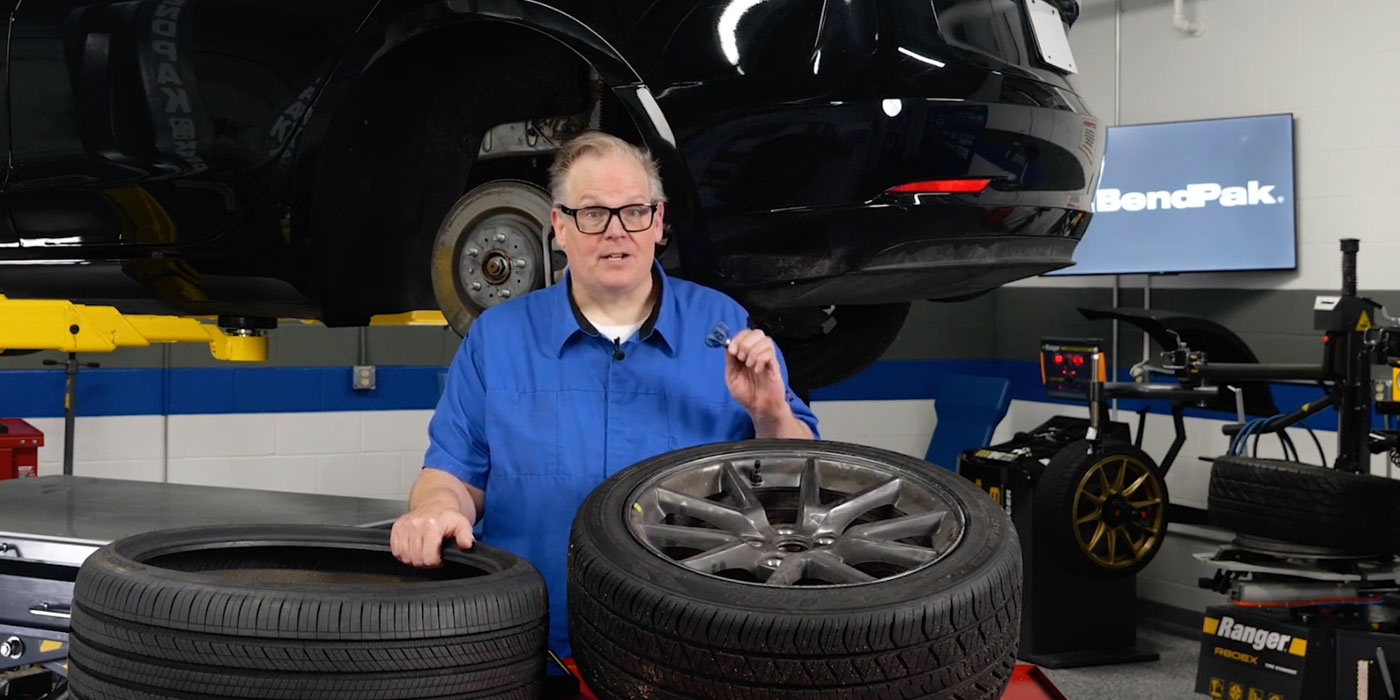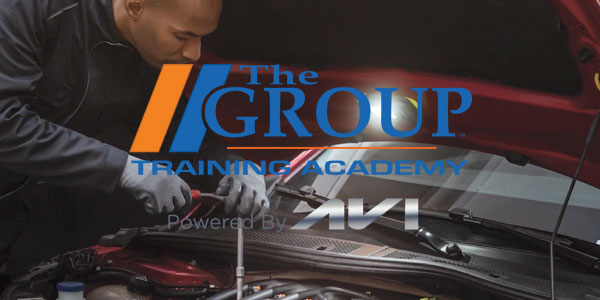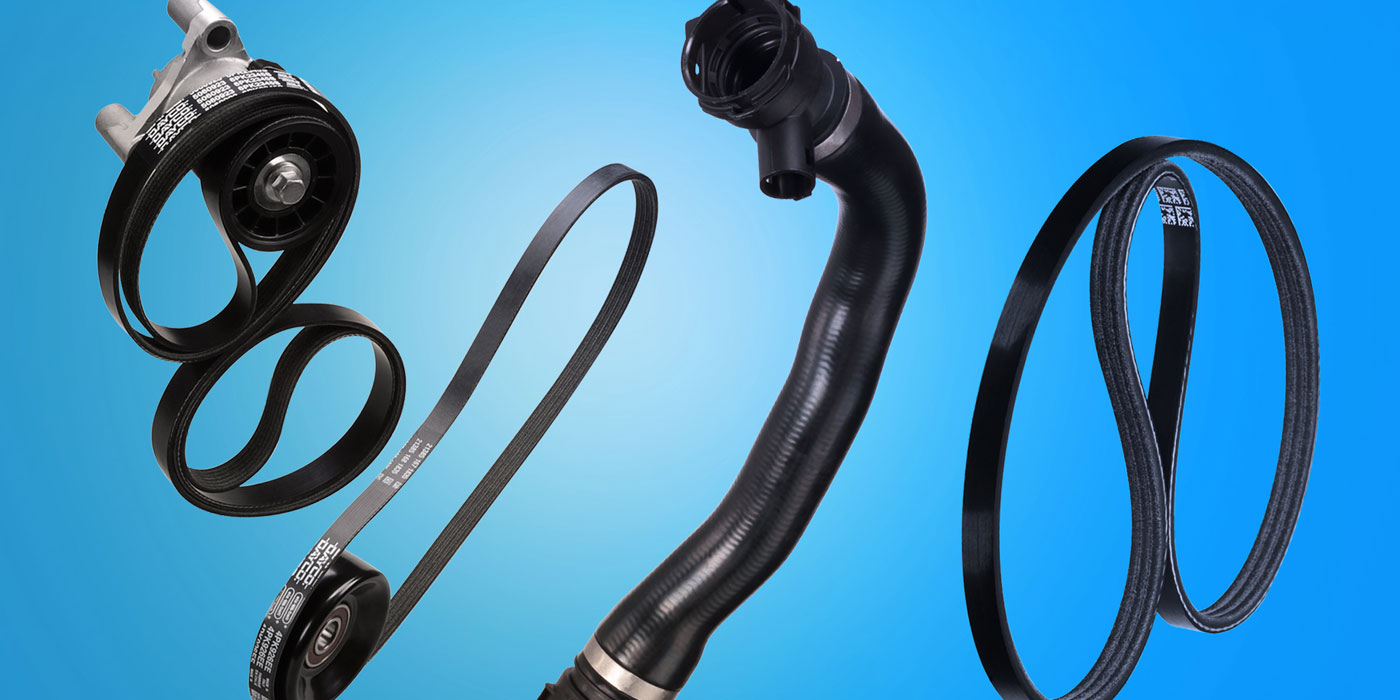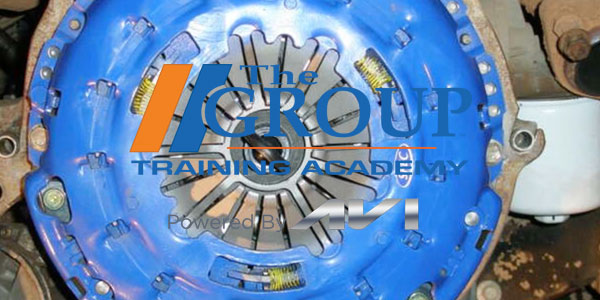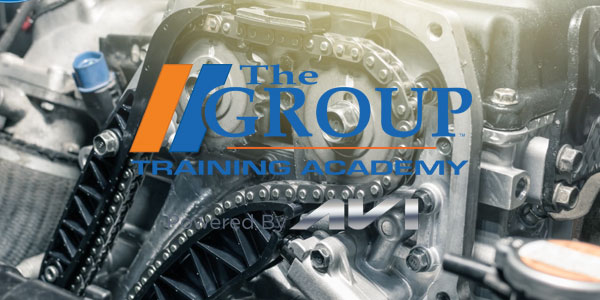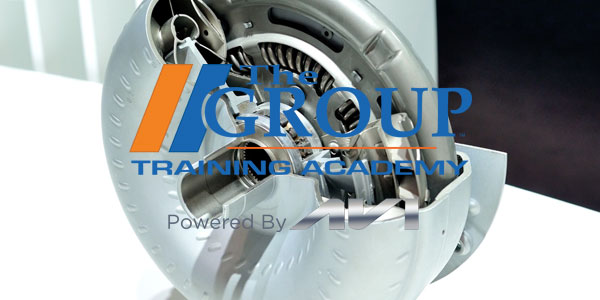If you look at the service manual for any 1980s vehicle, it will always recommend to adjust belt tension through a new oil change.
To do this, you either use the adjuster or add shims to a pulley. On some vehicles, you may have had to adjust up to three belts, but that all changed thanks to multi-rib belts and automatic tensioners.
The multi-rib belt increases the surface area a belt can use to transmit power to a pulley. The automatic tensioner keeps belt tension constant during changing engine speeds as well as loads. An automatic tensioner has a coil spring that applies the right amount of force against the belt to keep it tight.
The tensioner also provides a little give to absorb and cushion shock loads on the belt when the A/C compressor clutch cycles on or when the electric power steering activates. Also, inside the body of the tensioner are parts that dampen the movement of the arm and spring. Think of it as a shock absorber for the belt system.
This video is sponsored by Continental.

